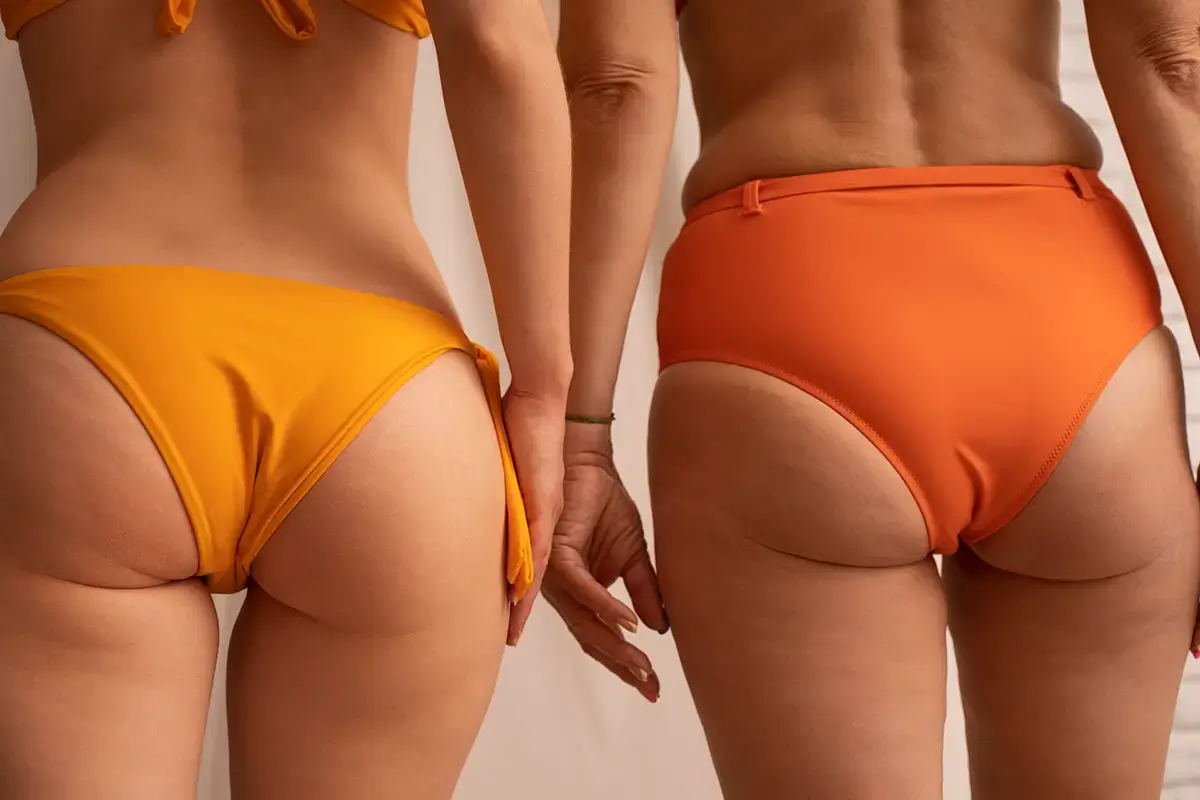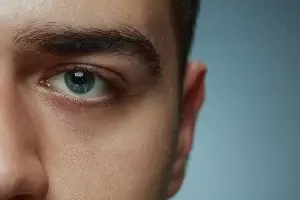Unveiling Cellulite: Causes, Treatments, and Myths
Cellulite is a common aesthetic concern that primarily affects women, characterized by the appearance of dimples and unevenness on the skin, especially on the thighs, buttocks, and abdomen. According to the World Health Organization (WHO), cellulite affects up to 90% of women at some point in their lives, regardless of age or body weight. Although not a serious medical condition, it can significantly impact self-esteem and quality of life for those affected.
The Brazilian Society of Dermatology (SBD) defines cellulite as a change in the subcutaneous tissue caused by the accumulation of fat, water, and toxins, resulting in the formation of fatty nodules under the skin. These nodules exert pressure on surrounding tissues, leading to the characteristic appearance of orange peel skin. Despite not being considered a serious medical condition, many women seek treatments to reduce cellulite and improve skin appearance.
Risk Factors and Causes:
Several factors contribute to the development of cellulite, including genetic predisposition, hormonal changes, sedentary lifestyle, poor diet, and metabolic factors. Age is also a relevant factor, as skin structure and fat distribution change over time. Studies indicate that cellulite is more prevalent in women than in men due to differences in adipose tissue distribution, collagen structure, and blood circulation.
Available Treatments:
There are various approaches to treating cellulite, ranging from simple cosmetic care to more advanced medical procedures. Common options include topical creams that promote fat breakdown, therapeutic massages to improve blood circulation, and aesthetic procedures such as radiofrequency and vacuum therapy. The choice of treatment depends on the type and severity of cellulite, as well as individual preferences and conditions.
Myths and Realities:
It is important to debunk some common beliefs about cellulite. Contrary to popular belief, cellulite is not directly related to excess weight; even lean individuals can have cellulite. Moreover, there is no conclusive scientific evidence that specific diets or dietary supplements can effectively eliminate cellulite. The most effective approach involves a combination of skincare, regular physical activity, and, in some cases, targeted medical interventions.
Prevention and Healthy Lifestyle:
Adopting a healthy lifestyle can significantly help in preventing and reducing cellulite. This includes maintaining a balanced diet rich in fruits, vegetables, and fibers, staying adequately hydrated, engaging in regular physical exercise (such as walking, running, swimming, and strength training), and avoiding smoking. The Brazilian Society of Dermatology emphasizes the importance of maintaining a healthy body weight and adopting habits that promote skin health and blood circulation.
Final Considerations:
While cellulite is a common and often harmless condition, it can have a significant impact on self-image and confidence for those affected. Consulting a dermatologist is crucial to assess the most appropriate and safe treatment options. It is essential to remember that each person responds differently to treatments, and the ideal approach may involve a combination of techniques to achieve the best results.
Sources:
- World Health Organization (WHO)
- Ministry of Health
- Brazilian Society of Dermatology (SBD)














